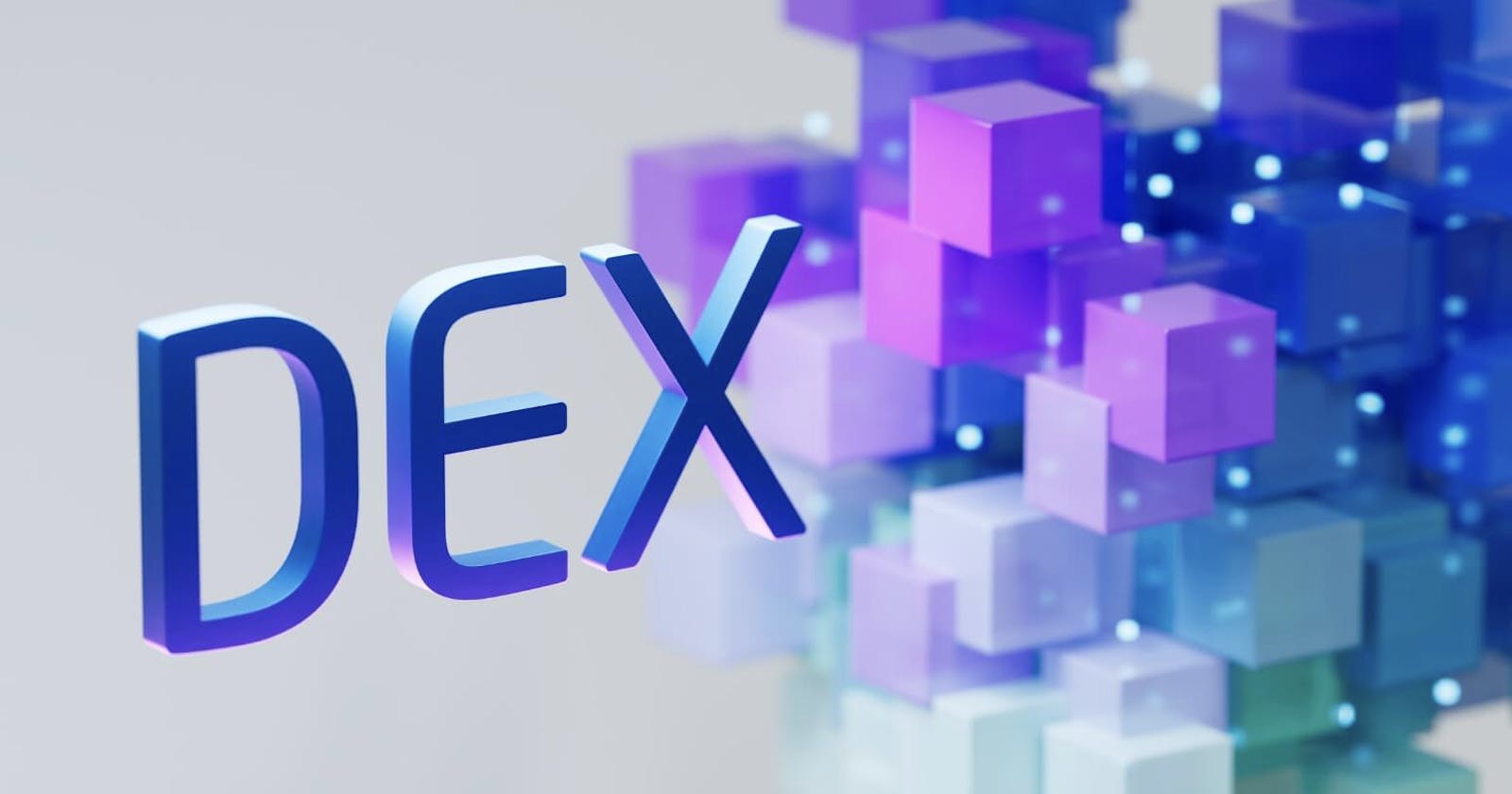Table of contents
No headings in the article.
Introduction
Many of us are familiar with centralized cryptocurrency exchanges like Binance and Coinbase, where we trade and invest in various digital assets. However, these platforms have faced significant challenges, including security breaches and financial irregularities. To address these issues, the concept of decentralized exchanges (DEXs) was born. In this article, we will delve into the world of DEXs, with a focus on the groundbreaking Uniswap and its mathematical underpinnings.

The Need for Decentralized Exchanges
Centralized exchanges operate on an order-book system, where users place buy and sell orders, and the exchange matches these orders. While this system works, it has its drawbacks, such as the need to trust third parties with your assets. Furthermore, the high gas costs and complexity of order-book-based systems on the Ethereum blockchain posed challenges for early DEX attempts. Example of hack happened recently.
Coincheck: The $530 Million Heist
In 2018, the Japanese cryptocurrency exchange Coincheck suffered one of the largest heists in the history of digital currencies. Hackers infiltrated the exchange's security, making off with a staggering 523 million NEM tokens, valued at approximately $530 million at the time. The hack sent shockwaves through the crypto community and raised serious questions about the security measures employed by exchanges.QuadrigaCX: The Mysterious Disappearance
In 2019, Canada's QuadrigaCX exchange collapsed in the most peculiar and tragic manner. The exchange's founder, Gerald Cotten, passed away unexpectedly while on a trip to India. What made this incident especially distressing was that Cotten was the sole holder of the exchange's private keys. These keys were essential for accessing and managing customer funds. With his untimely death, over $200 million in customer assets became inaccessible, leaving thousands of users in financial limbo. The QuadrigaCX case underscores the critical importance of contingency planning and secure key management in the cryptocurrency industry.FTX: The Spectacular Collapse
Fast forward to 2022, and FTX, one of the world's largest cryptocurrency exchanges, found itself entangled in a scandal of epic proportions. The exchange's founder, Sam Bankman-Fried, was arrested on charges of fraud and money laundering, and FTX was exposed as insolvent. The news sent shockwaves through the crypto space, as FTX was known for its rapid rise and prominence in the industry. The episode served as a stark reminder of the regulatory challenges and potential risks associated with unscrupulous actors in the crypto world.
The Birth of Uniswap

Uniswap, which operates on the Ethereum network, played a pivotal role in the evolution of DEXs. It was inspired by a blog post from Ethereum's co-founder, Vitalik Buterin, and developed by Hayden Adams. Uniswap introduced a new approach to decentralized trading by enabling users to swap cryptocurrencies directly through smart contracts without the need for an order book. Uniswap has seen multiple versions, including v1, v2, v3, and v4, with each iteration bringing improvements and increased functionality.
The Core Equation: x \ y = k*
At the heart of Uniswap's functionality is a simple mathematical equation: x * y = k. This equation relates to the balances of two assets in a trading pool, where:
x represents the balance of one asset (e.g., ETH).
y represents the balance of another asset (e.g., TOKEN).
k is a constant value that remains unchanged.
This equation ensures that as users make swaps, the balances of the two assets are adjusted, while the product of their balances remains constant. This concept is represented in the formula: (x + Δx) * (y - Δy) = k, where Δx is the amount of one asset being swapped into the pool, and Δy is the amount being swapped out.
Slippage and Price Movement
Due to the nature of the x * y = k equation, prices on Uniswap exhibit slippage. The more tokens are traded relative to their reserve values, the lower the price becomes. This is because the reserves act infinitely, preventing pools from being completely drained.
Setting the Initial Price
When a new cryptocurrency is introduced, the first liquidity provider to add assets to the pool gets to set the initial price. This initial provider must contribute assets in a specific ratio to ensure price stability. Subsequent liquidity providers must adhere to this ratio, preventing price manipulation.
Liquidity Provider Tokens (LP Tokens)
To reward liquidity providers, Uniswap introduces Liquidity Provider Tokens (LP Tokens). These tokens represent shares in the pool and entitle the holder to a portion of the trading fees. When liquidity is added to a pool, LP Tokens are minted, and when liquidity is withdrawn, these tokens can be exchanged for assets and earned fees. Uniswap ensures that LP Token shares remain accurate even when additional liquidity is added or removed.
Collecting and Distributing Fees
Uniswap collects fees from each swap to reward liquidity providers. Fees are collected in the same currency as the asset being deposited. For instance, if a user swaps ETH for TOKEN, the fee is deducted from the ETH side and added to the TOKEN reserve. This mechanism ensures that liquidity providers receive fees in a balanced mix of assets proportional to their LP Token holdings.
Conclusion
Uniswap's elegant design and mathematical foundation have revolutionized the world of decentralized exchanges. Its core equation, x * y = k, ensures price stability and the prevention of complete pool drainage. LP Tokens and fee collection mechanisms further incentivize liquidity providers to participate in Uniswap. Uniswap's design enables users to swap cryptocurrencies directly on the blockchain, fostering trustless and efficient trading. The evolution of Uniswap continues with ongoing improvements and developments, making it a crucial player in the DeFi ecosystem.
